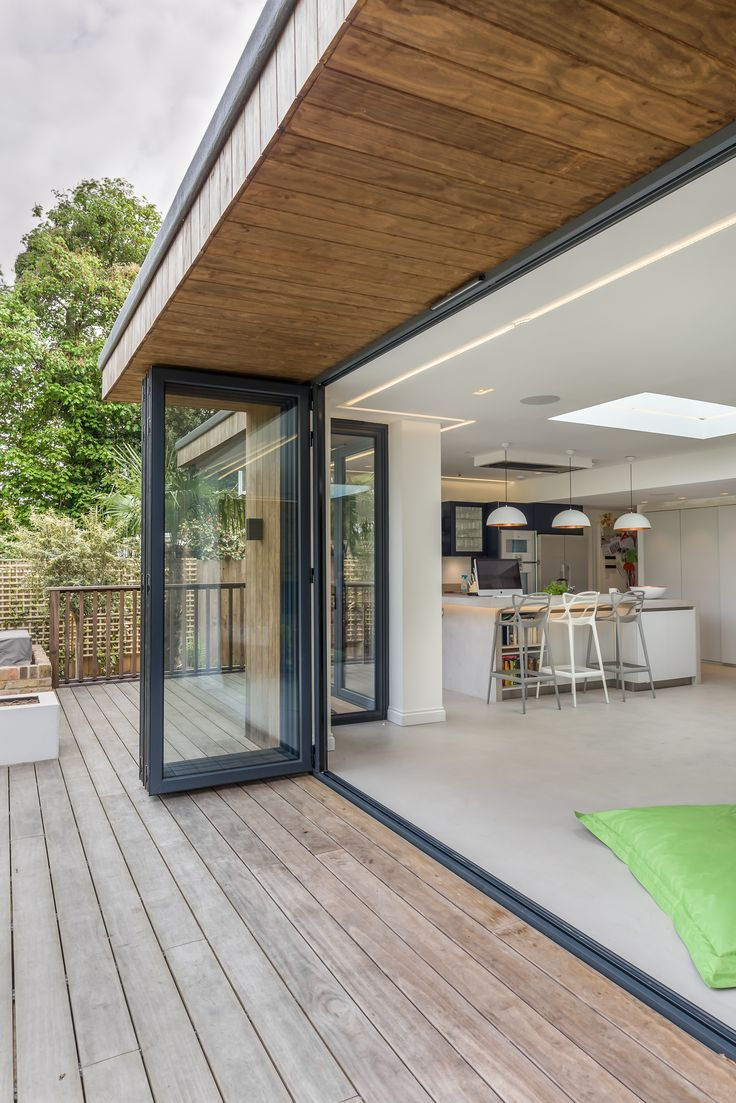The Impact of Roof Overhangs on Energy Efficiency in Residential Homes
- Jenny Kakoudakis

- Jun 28
- 4 min read
Residential energy efficiency is a vital topic for homeowners looking to reduce their utility bills, increase comfort, and minimize their overall carbon footprint. One architectural feature that plays a significant yet often overlooked role in energy efficiency is the roof overhang.
These extensions of a building’s roof enhance the visual appeal and character of a home and provide substantial functional benefits, especially in regulating indoor temperatures and protecting the structure from weather-related damage.
By strategically leveraging natural elements like sun angles and shade, roof overhangs contribute to energy savings throughout the year. They help reduce cooling needs in the summer by blocking direct sunlight and can allow passive solar heating in the winter when designed correctly.
As climate consciousness grows, integrating features like roof overhangs into both new construction and renovation projects becomes an increasingly important and practical consideration in sustainable home design.

Understanding Roof Overhangs
Roof overhangs are extensions of the roof that extend beyond the exterior walls of a house. Their primary purpose is to shield the walls and foundation from various weather conditions, including rain and sun.
The design and length of these overhangs can vary, and they are typically constructed based on the orientation of the home, the local climate, and the specific architectural style.
Properly designed roof overhangs can significantly impact energy efficiency by controlling heat gain and loss throughout the seasons.
Protecting Homes with Roof Overhangs
Another significant advantage of roof overhangs is their ability to protect the building’s materials and structures. Overhangs serve as a barrier, preventing rainwater from directly hitting the walls. This helps in prolonging the life of the siding and paint and reduces moisture intrusion, which can lead to mold and structural damage.
By protecting walls with overhangs, homeowners can ensure their property remains in good condition and that costly repairs are minimized, all while enjoying energy efficiency benefits. This added layer of protection makes roof overhangs a smart investment for long-term home durability and structural integrity.
Benefits of Roof Overhangs for Energy Efficiency
The effectiveness of roof overhangs in improving energy efficiency lies in their ability to shield windows and walls from direct sunlight during hotter months. This shading keeps the interior cooler, reducing the need for air conditioning.
According to the U.S. Department of Energy, effective shading can lower indoor temperatures by approximately 10 to 15 degrees Fahrenheit, leading to a notable decrease in cooling costs. This is particularly crucial in regions with warm climates where air conditioning is heavily relied upon.
During the winter months, roof overhangs can protect windows from snow and ice, reducing the likelihood of heat loss. By strategically designing these overhangs, homeowners can optimize their indoor comfort while minimizing energy consumption.

Year-Round Efficiency with Roof Overhangs
In addition to offering summer cooling benefits, roof overhangs play a significant role in winter efficiency. During winter, the sun is lower in the sky, allowing it to shine into the home’s windows more directly. This sun exposure can help warm the interior, particularly on sunny days, and can offset some of the heating costs.
When homeowners incorporate overhangs at the right dimensions, they can effectively prevent excessive solar gain during the summer while still permitting desirable sunlight during the winter months, helping maintain a balanced indoor environment throughout the year.
Therefore, roof overhangs are not only a seasonal consideration but a year-round strategy for energy management.

Design Considerations for Effective Roof Overhangs
To reap the full benefits of roof overhangs, homeowners must consider the design when constructing or renovating their homes. Factors such as roof pitch, overhang length, and direction play crucial roles.
A north-facing overhang will be less effective in providing shade than a south-facing one. Homeowners can consult with architects or builders who specialize in energy-efficient designs to identify the best solutions for their specific situation.
Local climate conditions should inform decisions on the size and type of overhangs to implement. For optimizing energy efficiency, strategic planning during the design phase is vital.
Incorporating roof overhangs in residential construction or renovation is an effective measure to enhance energy efficiency and home performance.
These architectural elements serve multiple purposes beyond aesthetic appeal, they help shield windows and walls from direct sunlight during hot months, thereby reducing indoor temperatures and lowering the need for air conditioning.
In colder seasons, when the sun sits lower in the sky, well-designed overhangs can allow sunlight to warm interior spaces, thereby reducing heating costs.
Overhangs protect a home’s exterior materials, such as siding, doors, and windows, from rain, snow, and UV damage, ultimately prolonging their lifespan and reducing maintenance needs. By thoughtfully integrating roof overhangs into a home’s design, homeowners can enjoy year-round comfort, lower energy bills, and increased durability of their property.
Those who prioritize sustainability and energy-conscious design would benefit greatly from incorporating roof overhangs as a strategic, cost-effective addition to their building plans.
Our writers like to blog about real estate hotspots. We launched the award-winning Seasons in Colour in 2015 and the luxury property and interior decor blog www.alltheprettyhomes.com in 2024 to cover all your interior design, travel and lifestyle inspiration needs. Download our free bathroom renovation guide here.


